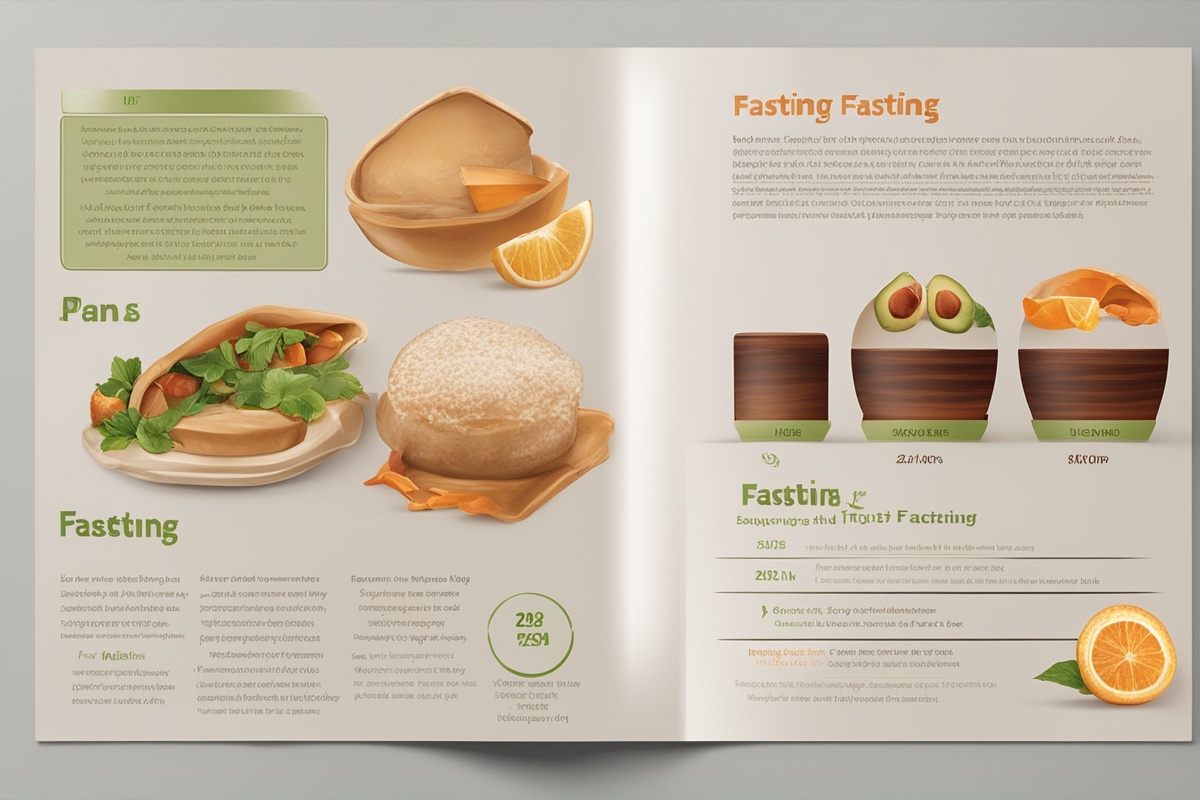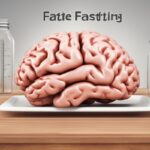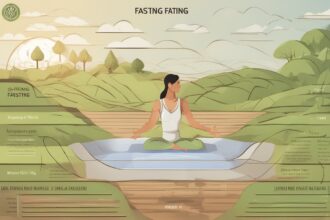Hey there, health enthusiasts! If you’ve been curious about diving deeper into fasting, you’ve likely stumbled across the term prolonged fasting. Unlike shorter intermittent fasting schedules, extended fasting plans push the boundaries, often lasting 48 hours or more. This isn’t just a trend—it’s a practice rooted in history and backed by emerging science. In this comprehensive guide, we’ll unpack what prolonged fasting entails, its potential benefits and risks, and how to approach it safely. Whether you’re aiming for weight loss, mental clarity, or cellular repair, let’s explore how extended fasting could fit into your wellness journey.
What Is Prolonged Fasting?
Prolonged fasting, also known as extended fasting, refers to abstaining from food for periods typically ranging from 48 hours to several days, sometimes even weeks under medical supervision. Unlike the popular 16:8 intermittent fasting method, where you eat within an 8-hour window, prolonged fasting involves a sustained period without caloric intake, often with only water, electrolytes, or black coffee allowed. Historically, humans have fasted for survival during food scarcity, and many cultures incorporate extended fasts for spiritual or religious reasons, like Ramadan or Lent. Today, it’s gaining traction for health optimization, with research suggesting benefits beyond just calorie restriction (Mattson et al., 2017).
The Science Behind Extended Fasting
So, what happens in your body during a prolonged fast? Within the first 12–24 hours, your body depletes its glycogen stores—energy reserves in your liver and muscles—and shifts to burning fat for fuel through a process called ketosis. By day two or three, your ketone levels rise, providing an alternative energy source for your brain (Cahill, 2006). This metabolic switch is one reason why people report heightened mental clarity during extended fasting. Additionally, after about 48 hours, a fascinating process called autophagy kicks in, where your cells recycle damaged components, potentially reducing inflammation and promoting longevity (Levine & Kroemer, 2019). Studies also suggest that prolonged fasting may lower insulin levels, improve blood sugar control, and reduce markers of oxidative stress (Longo & Mattson, 2014). However, the research is still evolving, and long-term effects aren’t fully understood, so caution is key.
Potential Benefits of Prolonged Fasting
Why would anyone willingly skip meals for days? The potential perks of prolonged fasting are compelling, though they vary from person to person. Here are some of the most researched benefits that might catch your interest:
- Weight Loss: Extended fasting creates a significant calorie deficit, and the shift to fat-burning can accelerate weight loss, especially when paired with a balanced diet post-fast (Johnstone, 2015).
- Improved Metabolic Health: Research shows prolonged fasting may enhance insulin sensitivity and lower blood pressure, which could benefit those at risk for type 2 diabetes (Longo & Mattson, 2014).
- Cellular Repair: Autophagy, triggered during extended fasts, may help clear out damaged cells, potentially slowing aging and reducing disease risk (Levine & Kroemer, 2019).
- Mental Clarity: Many fasters report a “mental high” due to elevated ketones, which fuel the brain differently than glucose (Cahill, 2006).
While these benefits sound promising, they’re not guaranteed, and individual results depend on factors like health status, fasting duration, and lifestyle. Always consult a healthcare provider before starting an extended fast.
Risks and Challenges of Extended Fasting
Let’s keep it real—prolonged fasting isn’t a walk in the park, and it’s not for everyone. Going without food for days can strain your body if not done properly. Common side effects include hunger (obviously!), fatigue, irritability, and headaches, especially in the first few days as your body adjusts. More serious risks include electrolyte imbalances, dehydration, and muscle loss if the fast extends too long without proper preparation or supervision (Mattson et al., 2017). For individuals with medical conditions like diabetes, eating disorders, or pregnancy, extended fasting can be downright dangerous. It’s also worth noting that overdoing it or fasting too frequently might disrupt hormonal balance or slow metabolism over time. The key? Listen to your body and prioritize safety over ambition.
How to Safely Start an Extended Fasting Plan
Ready to try prolonged fasting? Awesome, but let’s do it the right way. Jumping into a multi-day fast without prep is like running a marathon without training—recipe for disaster. Here are some practical tips to ease into an extended fasting plan and minimize risks:
- Start Small: If you’re new to fasting, begin with shorter fasts, like 16:8 or a 24-hour fast, before attempting a 48-hour or longer fast. Build your tolerance gradually.
- Hydrate Like Crazy: Water is your best friend during prolonged fasting. Aim for 2–3 liters daily, and consider adding a pinch of salt or electrolyte supplements to prevent imbalances.
- Break the Fast Gently: After days without food, don’t dive into a pizza. Start with light, easily digestible foods like bone broth, soup, or avocado to avoid digestive distress.
- Monitor Symptoms: Feeling dizzy, weak, or unwell? Stop the fast. Your health trumps any fasting goal, no exceptions.
- Get Professional Guidance: If you have health conditions or plan to fast beyond 72 hours, consult a doctor or dietitian. Medical supervision is non-negotiable for very long fasts.
Preparation also means mental readiness. Prolonged fasting tests your willpower, so set realistic goals and have a clear “why” behind your fast—whether it’s health, spiritual growth, or curiosity. I’ve found that journaling my reasons and tracking how I feel each day keeps me motivated through the tough moments.
Who Should Avoid Prolonged Fasting?
While extended fasting can be transformative for some, it’s not a one-size-fits-all solution. Certain groups should steer clear due to heightened risks. If you fall into any of these categories, stick to gentler wellness practices or consult a medical expert before even considering a prolonged fast. This includes individuals with a history of eating disorders, pregnant or breastfeeding women, children or teens still growing, and anyone with chronic conditions like diabetes or heart disease (Johnstone, 2015). Even if you’re healthy, prolonged fasting isn’t something to dive into on a whim. I can’t stress enough how important it is to know your limits and prioritize long-term well-being over short-term experiments.
In my own experience chatting with fasters in online communities, I’ve heard stories of people pushing too hard and ending up exhausted or sick. One friend tried a 5-day fast without prep and had to stop on day 2 due to severe lightheadedness. Lesson learned: respect the process, and don’t rush it. If you’re unsure whether prolonged fasting is right for you, start with shorter fasting windows or explore other dietary tweaks first.
Conclusion
Prolonged fasting offers a unique way to challenge your body and mind, potentially unlocking benefits like weight loss, metabolic health, and cellular repair. However, it’s not a magic bullet, and the journey comes with real risks if not approached thoughtfully. By understanding the science behind extended fasting plans, preparing properly, and listening to your body, you can explore this practice safely and effectively. Remember, health isn’t a race—whether you fast for 48 hours or stick to intermittent fasting, the goal is sustainable wellness. Have you tried prolonged fasting, or are you considering it? Drop your thoughts or questions below; I’d love to hear your story!
References
- Cahill, G. F. (2006). Fuel metabolism in starvation. Annual Review of Nutrition, 26, 1-22. https://doi.org/10.1146/annurev.nutr.26.061505.111258
- Johnstone, A. (2015). Fasting for weight loss: An effective strategy or latest dieting trend? International Journal of Obesity, 39(5), 727-733. https://doi.org/10.1038/ijo.2014.214
- Cell, 176(1-2), 11-42. https://doi.org/10.1016/j.cell.2018.09.048
- Longo, V. D., & Mattson, M. P. (2014). Fasting: Molecular mechanisms and clinical applications. Cell Metabolism, 19(2), 181-192. https://doi.org/10.1016/j.cmet.2013.12.008
- Ageing Research Reviews, 39, 46-58. https://doi.org/10.1016/j.arr.2016.10.005






